
Meet some of the signature species in the CMSCWD.
-
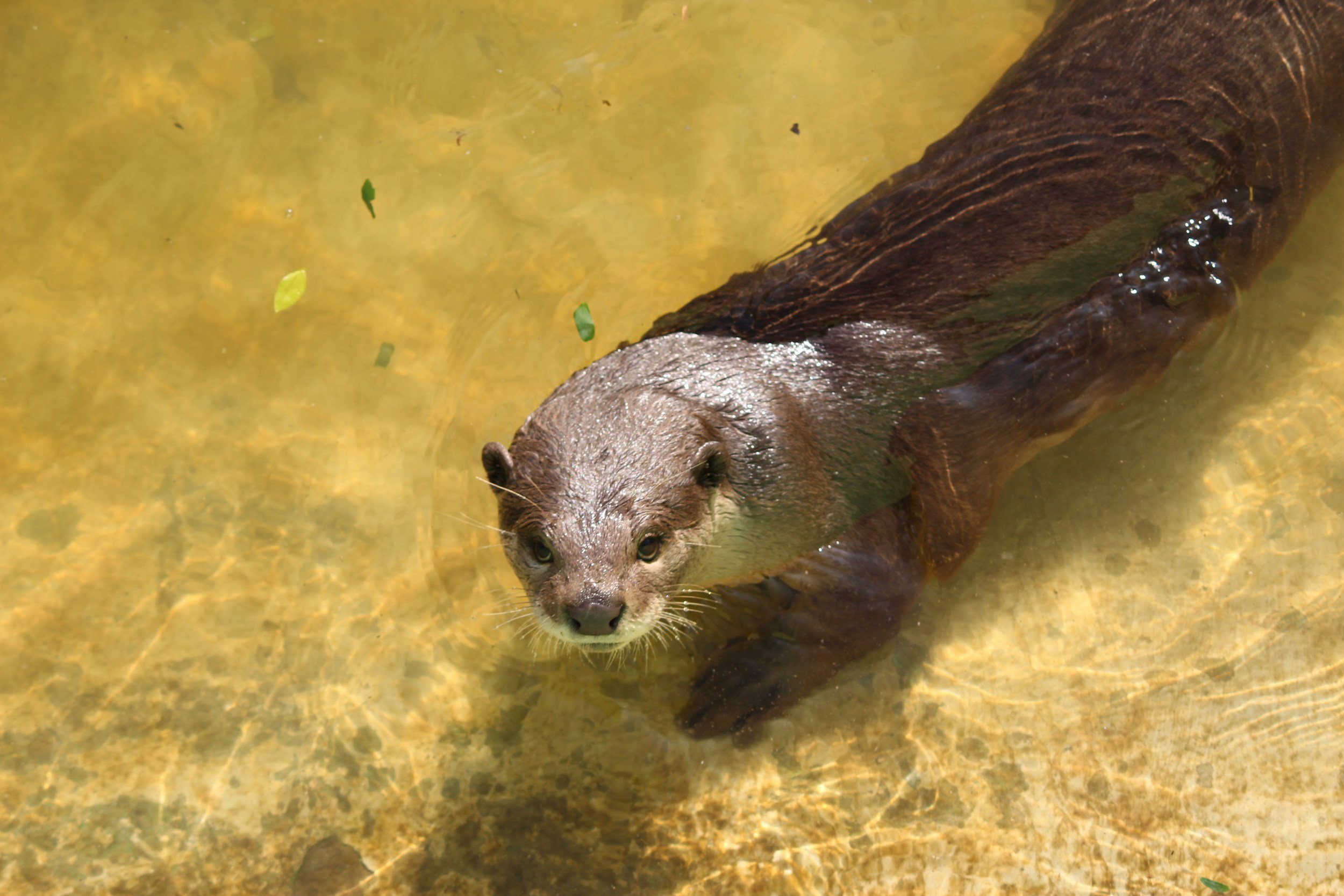
Otters, minks, fishers and weasels
One slender and adorable (though entirely ferocious) family of animals that is making a comeback in Minnesota are the mustelids. In northern Washington County, you can find weasels, minks, fishers, and otters throughout the year.
A fun fact about weasels in that they turn color from tan to white in the winter to blend in with the snow. During their white phase they are also known as ermines.
-
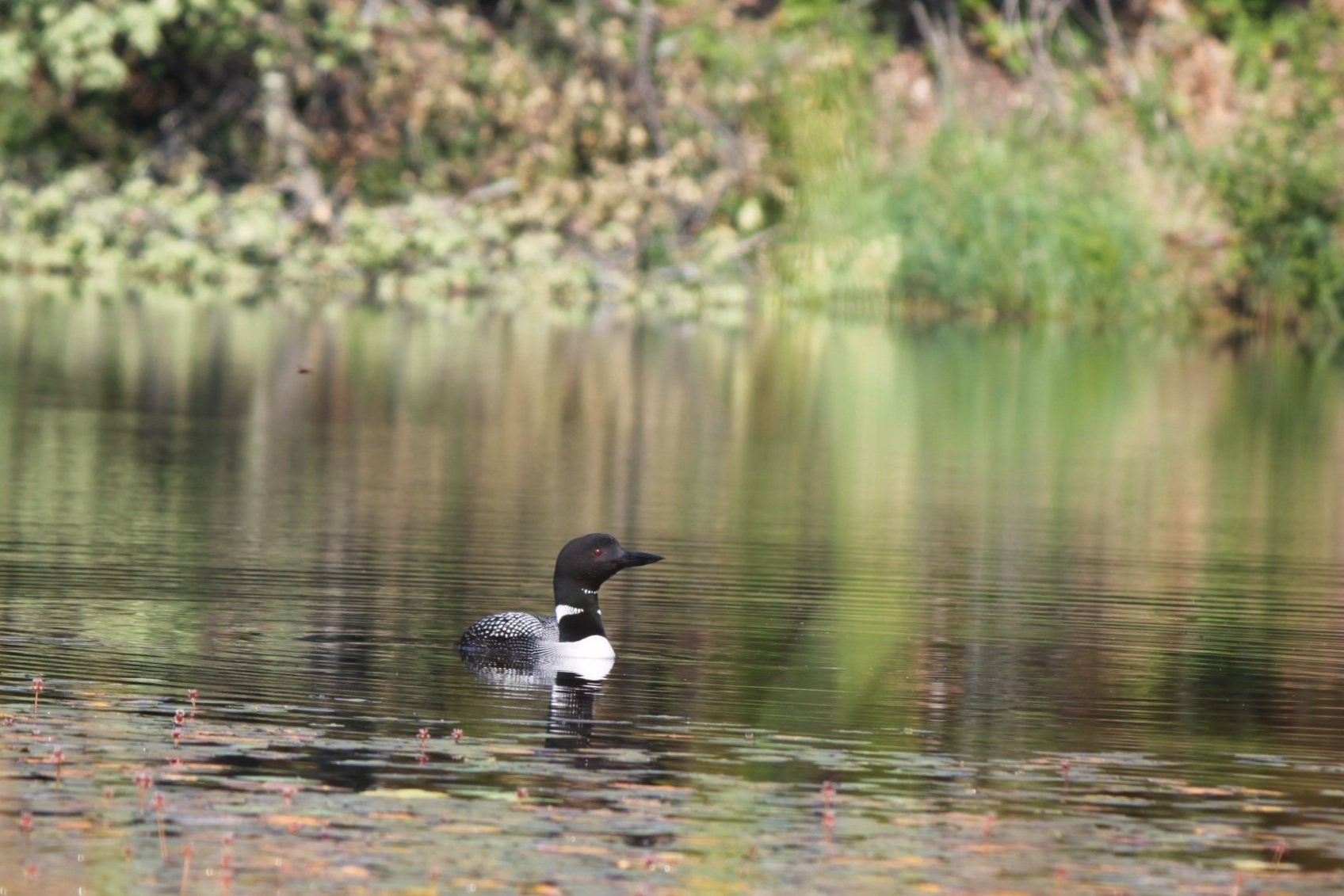
Loons
The common loon is the Minnesota state bird and a signature species on lakes in the CMSCWD. You can hear their haunting calls during summer months and may be lucky enough to spots chicks with their mothers when you’re out on the water.
Loons are shoreline nesters that require tall plants such as cattails and bulrush. They can’t build nests on lakeshore properties that have rock riprap, retaining walls, or lawn all the way down to the water’s edge.
Loon lovers can also help to protect Minnesota’s state bird by using lead-free fishing tackle and boating slower when baby loons are on the water.
Visit the Minnesota DNR to learn about Minnesota’s Loon Restoration Project and how you can get involved.
-
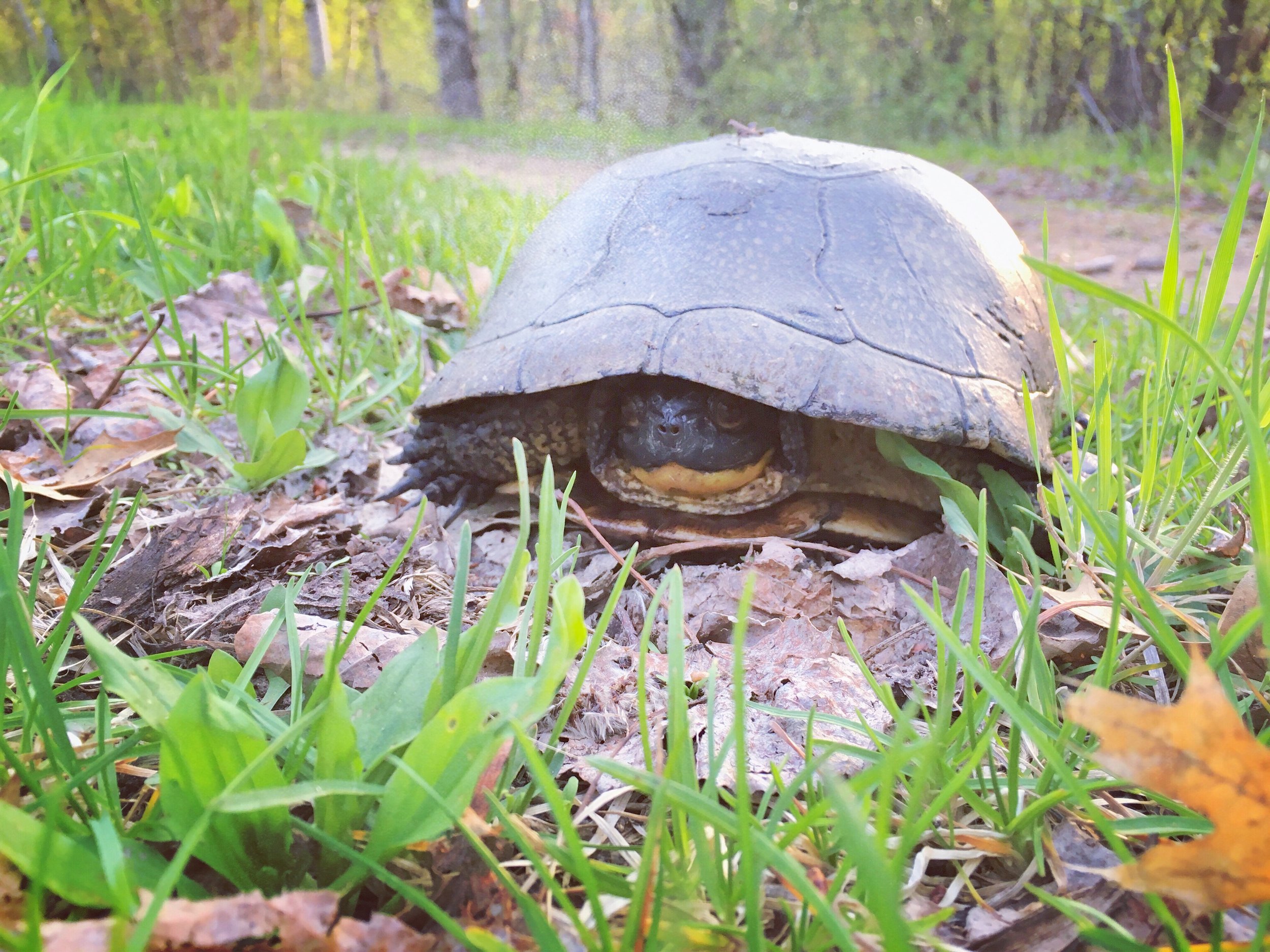
Blanding's turtle
Minnesota is home to nine species of turtle. The two we see most often in our area are the painted turtle, named for the beautiful swirling colors on their lower shells, and the snapping turtle. Two species of softshell turtle and three species of map turtles are also found in the St. Croix River and connected lakes.
Northeastern Washington County is also prime habitat for the Blanding’s turtle, which is a species of concern in Minnesota.
Blanding’s turtles require a mix of intact wetlands, lakes, grasslands and sandy, rocky open areas for breeding and nesting. Over the years, much of this habitat has been impacted by development and farming. Female Blanding’s will travel up to a mile to lay eggs in the spring, and as a result, many are killed by cars every year.
In 2014, CMSCWD supported a project led by Washington County and Washington Conservation District to install a small tunnel beneath Hwy 4 near Big Marine Park Reserve to help protect female Blanding’s turtles during the spring and summer egg-laying season. The tunnel was part of a larger research and habitat restoration project funded by the Minnesota Department of Natural Resources and Minnesota Herpetological Society. A motion-activated camera in the tunnel shows that it is also used by painted turtles, snapping turtles, frogs, snakes, skinks, weasels, opossums and even birds.
Learn more about the turtle tunnel and see photos from the camera.
-
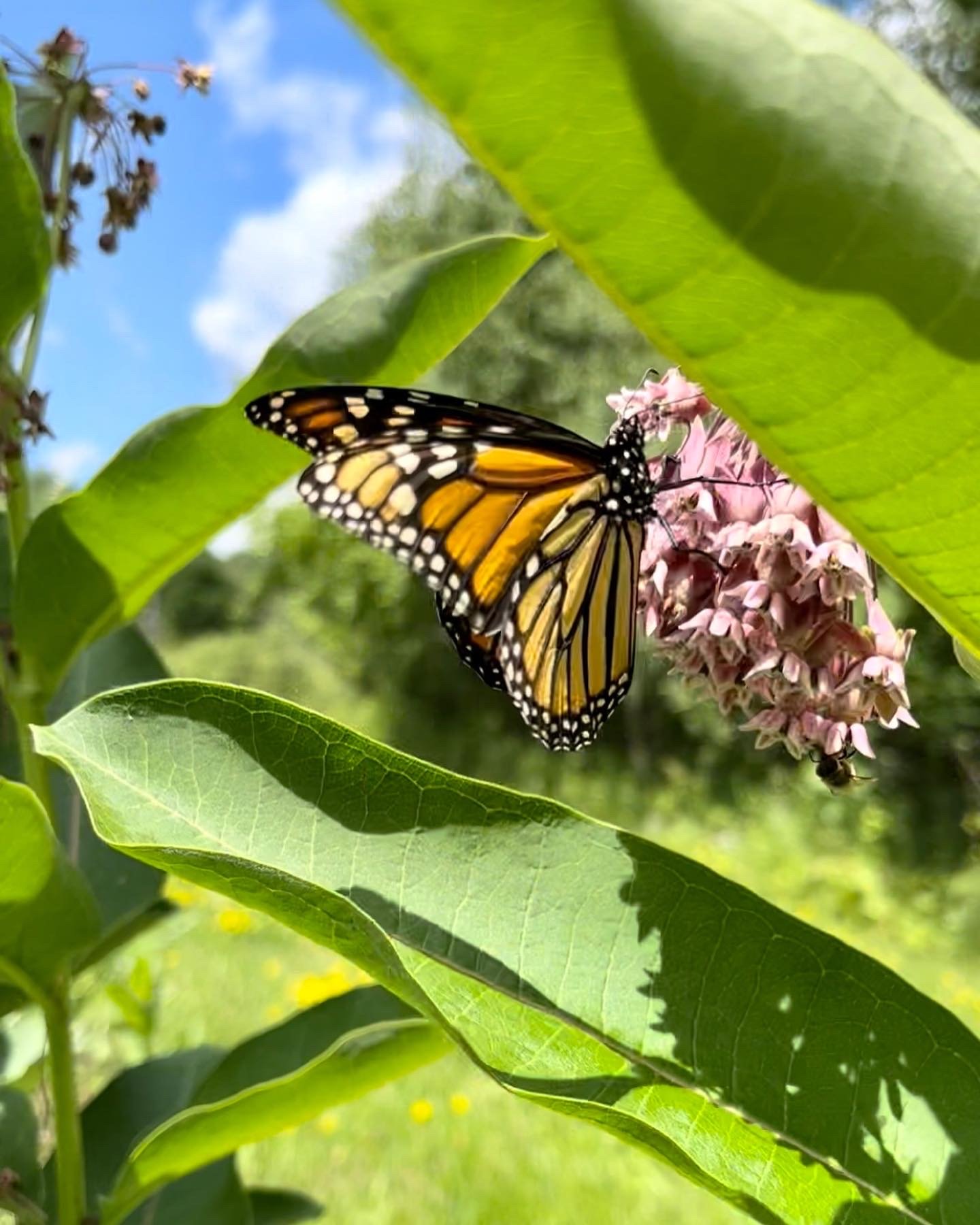
Monarch butterflies
There are more than 157 species of butterflies and 500 species of bees in Minnesota. Monarch butterflies are one well-known and beloved pollinator you can expect to find in your yard.
Unfortunately, eastern monarch populations have declined by more than 80% over the past two decades due to loss of habitat and impacts from pesticides.
To support monarchs in your yard, try planting one of eight species of milkweed that are native to Minnesota, including common (Asclepias syriaca), whorled (Asclepias verticillata), butterfly (Asclepias tuberosa), purple (Asclepias purpurascens), poke (Asclepias exaltata), green comet (Asclepias viridiflora), showy (Asclepias speciose), and swamp milkweeds (Asclepias incarnate).
Need help to get started? Head to BlueThumb.org to apply for a $400 Lawns to Legumes grant and find plant recommendations, garden designs, and other information. CMSCWD also offers cost-share funding for pollinator planting projects that also protect water quality.
-
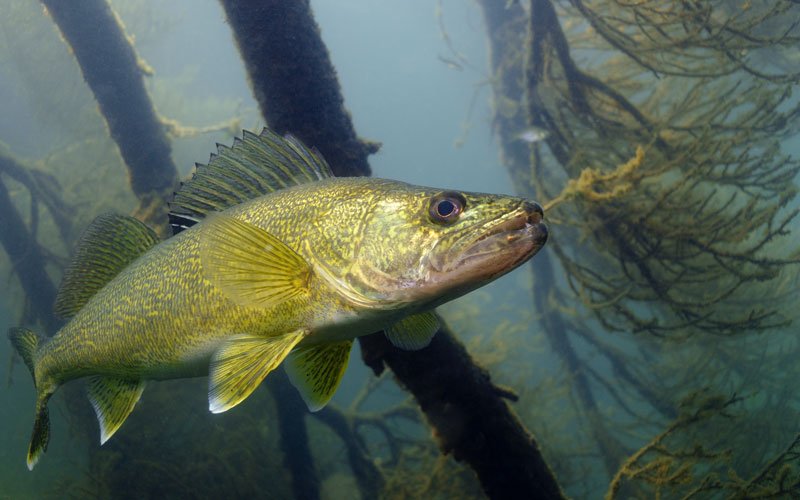
Walleye and other fish
What can a fish tell you about its lake? If it’s a brook stickleback, banded killfish, or tadpole madtom, it might tell you that your lake is clean, rich in oxygen, and filled with healthy native plants. If you meet a Johnny darter, Iowa darter, or least darter, they might also tell you that your shoreline is in great condition and that the bottom of the lake (the benthic zone) is too.
Though sometimes overlooked, zooplankton, aquatic insects, and small fish like sticklebacks and darters form the basis of a food chain which also includes walleye, bass, and other trophy fish species that are commonly found in the CMSCWD.
In some locations, such as Big Carnelian Lake, the amount and diversity of insects and smaller fish has been declining in recent years, even as the lake maintains clear, clean water quality conditions.
One of the key ways that lakeshore landowners can help to protect fish and wildlife is by maintaining natural vegetation along 75% of their shoreline and planting trees, shrubs and native plants in their upland areas as well.
